Yoga Blog
Finding Equilibrium: Exploring The Balance of Yin and Yang Principles in Yoga Philosophy

This exploration delves into the concept of finding equilibrium by examining the balance between Yin and Yang principles as applied within the framework of yoga philosophy. It investigates how these complementary forces manifest in practice and theory, highlighting their role in achieving harmony and balance in one’s being. The content aims to illuminate the interconnectedness of these energies and their significance for a holistic approach to wellness through yoga.
Table of Contents
- Section 1: Introduction: The Concept of Balance in Yoga
- Section 2: Understanding Yin and Yang: Core Principles
- Section 3: Yin Principles Manifested in Yoga Philosophy and Practice
- Section 4: Yang Principles Manifested in Yoga Philosophy and Practice
- Section 5: The Interplay: How Yin and Yang Complement Each Other in Yoga
- Section 6: Finding Equilibrium: Integrating Yin and Yang for Holistic Growth
- Section 7: Conclusion: The Journey Towards Harmony and Wholeness
Section 1: Introduction: The Concept of Balance in Yoga
Yoga, in its essence, is a journey towards finding equilibrium. This pursuit of balance extends far beyond mere physical stability in a pose; it is a fundamental principle woven into the very fabric of its philosophy and practice. In the context of yoga, balance signifies a state of harmony, where opposing forces within and around us are integrated rather than in conflict. It is the delicate point of stillness found amidst movement, the calm center within the whirlwind of daily life, and the integration of seemingly disparate aspects of our being – mind, body, and spirit. Understanding this core concept of balance is crucial for appreciating the deeper dimensions of yoga and how its ancient wisdom can guide us towards a more centered and harmonious existence.
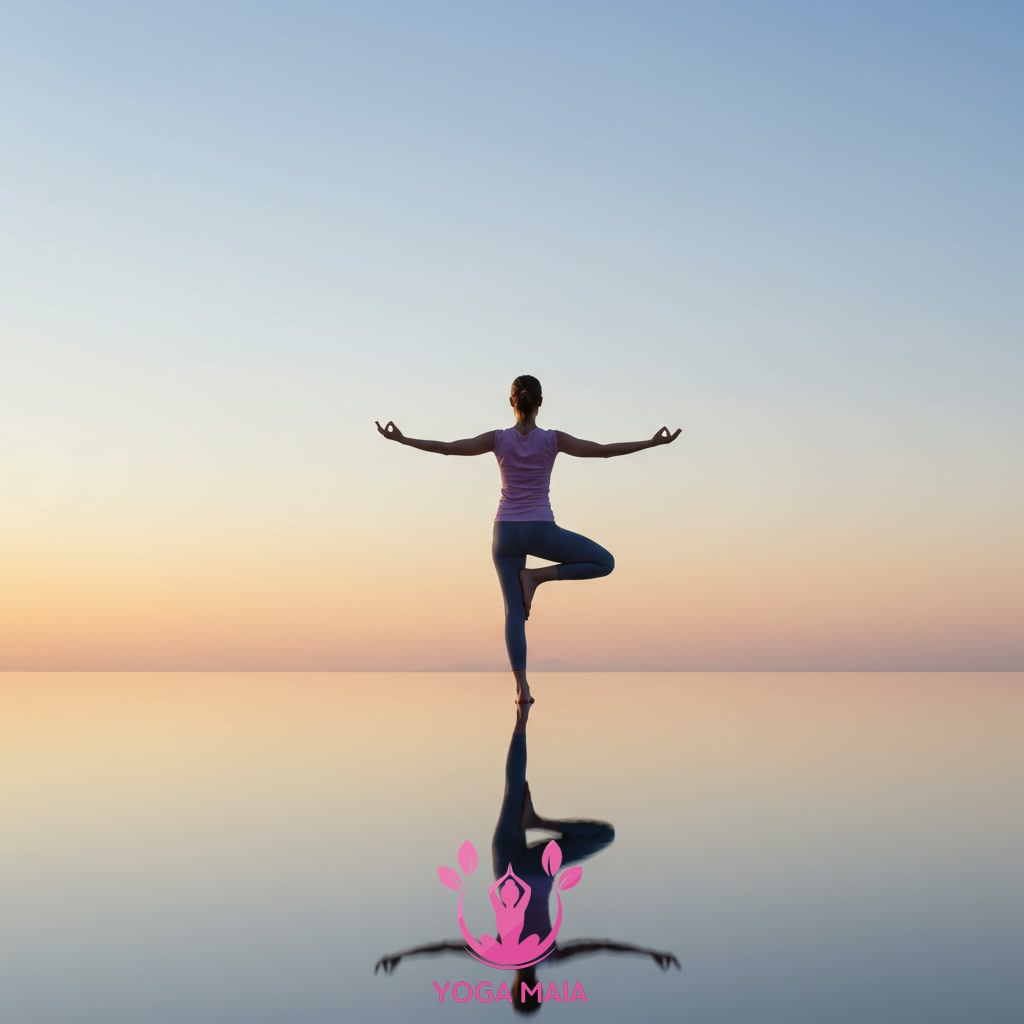 Introduction: The Concept of Balance in Yoga
Introduction: The Concept of Balance in Yoga
Section 2: Understanding Yin and Yang: Core Principles
Understanding Yin and Yang reveals them as fundamental, complementary forces originating from ancient philosophy, not as opposites in conflict, but as interdependent elements. In yoga philosophy, these principles highlight the dynamic interplay necessary for achieving equilibrium. Yin embodies qualities like passivity, receptivity, coolness, darkness, and stillness, often associated with introspection and surrender. Conversely, Yang represents activity, creativity, warmth, light, and dynamism, linked to effort and outward expression. The core principle is that neither can exist without the other, and true balance lies in their harmonious integration. Applying this to yoga practice means consciously balancing effort (Yang) with ease (Yin), strength (Yang) with flexibility (Yin), and movement (Yang) with stillness (Yin). Recognizing these inherent dualities is key to cultivating a holistic practice that nurtures both body and mind.
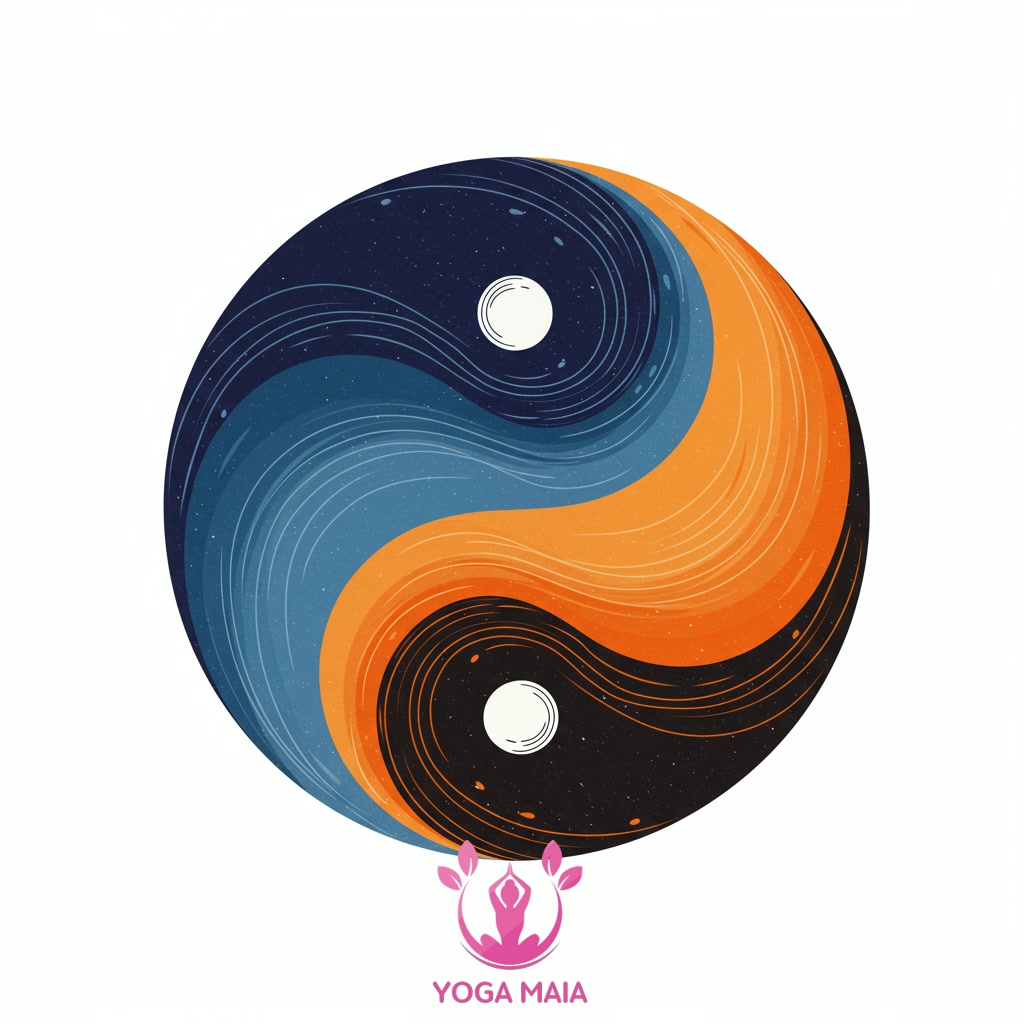 Understanding Yin and Yang: Core Principles
Understanding Yin and Yang: Core Principles
Section 3: Yin Principles Manifested in Yoga Philosophy and Practice
Building upon the understanding of Yin and Yang as fundamental, complementary forces, the Yin principles find expression in yoga philosophy and practice through qualities of stillness, surrender, and introspection. This is most evident in styles like Yin yoga, which emphasizes holding passive poses for extended durations, typically targeting the deep connective tissues such as fascia, ligaments, and joints rather than superficial muscles. The practice encourages a yielding to gravity and finding comfort within stillness, cultivating patience and mindfulness. It’s an inward journey, inviting practitioners to explore subtle sensations and cultivate a deep, receptive awareness. This focus on depth, quietness, and receptivity embodies the Yin energy—grounded, cool, passive, and inward—providing a vital balance to the more active, Yang aspects of life and other yoga modalities.
 Yin Principles Manifested in Yoga Philosophy and Practice
Yin Principles Manifested in Yoga Philosophy and Practice
Section 4: Yang Principles Manifested in Yoga Philosophy and Practice
Transitioning from the introspective qualities of Yin, Yang principles in yoga philosophy and practice embody the dynamic, active, and outward-moving aspects. This energy manifests through vigorous physical postures (asanas) that build strength, generate heat, and increase vitality. Styles like Vinyasa or Ashtanga, characterized by continuous movement linked with breath, are prime examples of Yang practice. Here, the focus is on effort (tapas), discipline, and the cultivation of will. While Yin encourages surrender and stillness, Yang challenges us to engage, purify through exertion, and build resilience. Finding balance means integrating this active, energetic force with the calming, receptive qualities of Yin to create a holistic and sustainable practice.
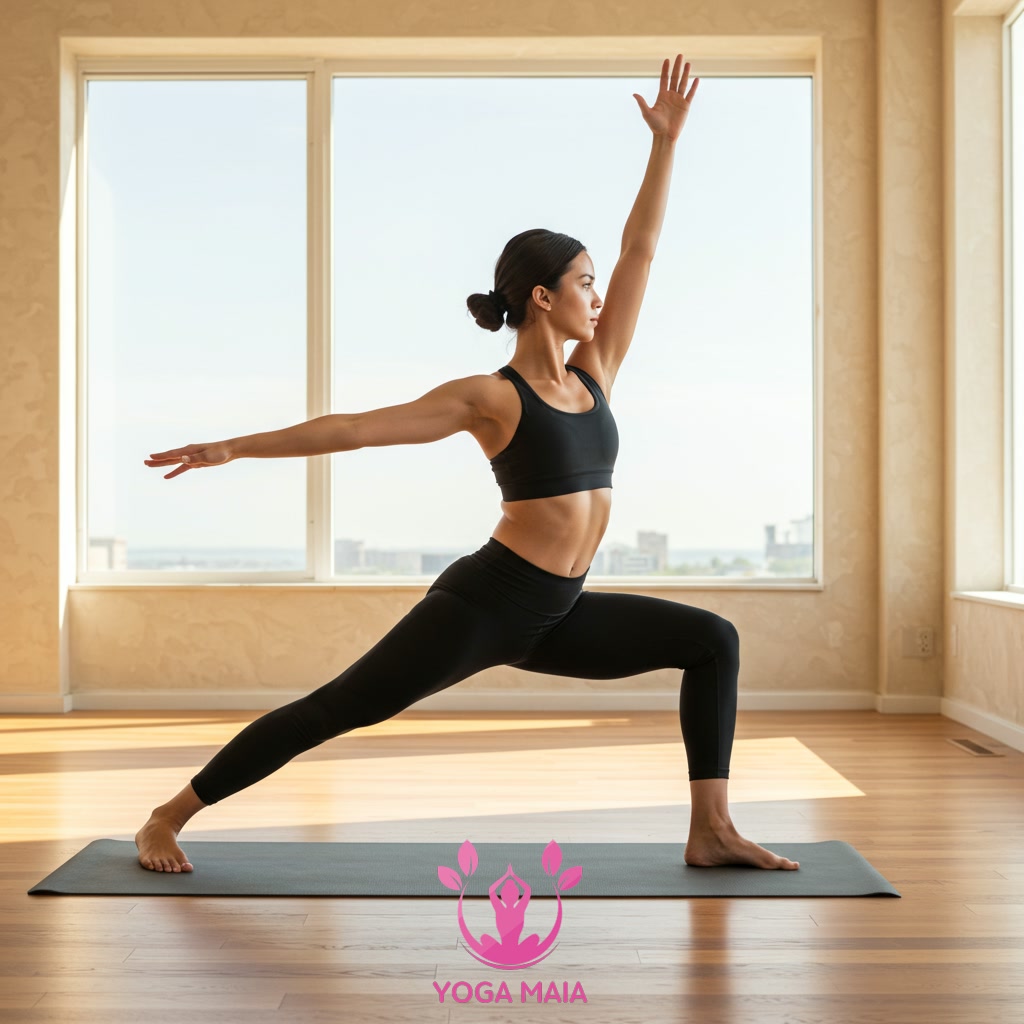 Yang Principles Manifested in Yoga Philosophy and Practice
Yang Principles Manifested in Yoga Philosophy and Practice
Section 5: The Interplay: How Yin and Yang Complement Each Other in Yoga
Building on the dynamic energy of Yang, the true essence of finding equilibrium in yoga lies in the conscious interplay between Yin and Yang principles. These aren’t opposing forces to be chosen between, but rather complementary energies essential for a holistic practice. A well-rounded yoga journey integrates the active, heat-generating postures and movements of Yang, which build strength and vitality, with the passive, deep stretches and stillness of Yin, which target connective tissues and cultivate introspection. This dynamic balance prevents the body and mind from becoming rigid or stagnant (excess Yang) or weak and passive (excess Yin). By consciously weaving both energies into practice and life, practitioners cultivate resilience, flexibility, and a profound sense of harmony, embodying the core philosophy of equilibrium.
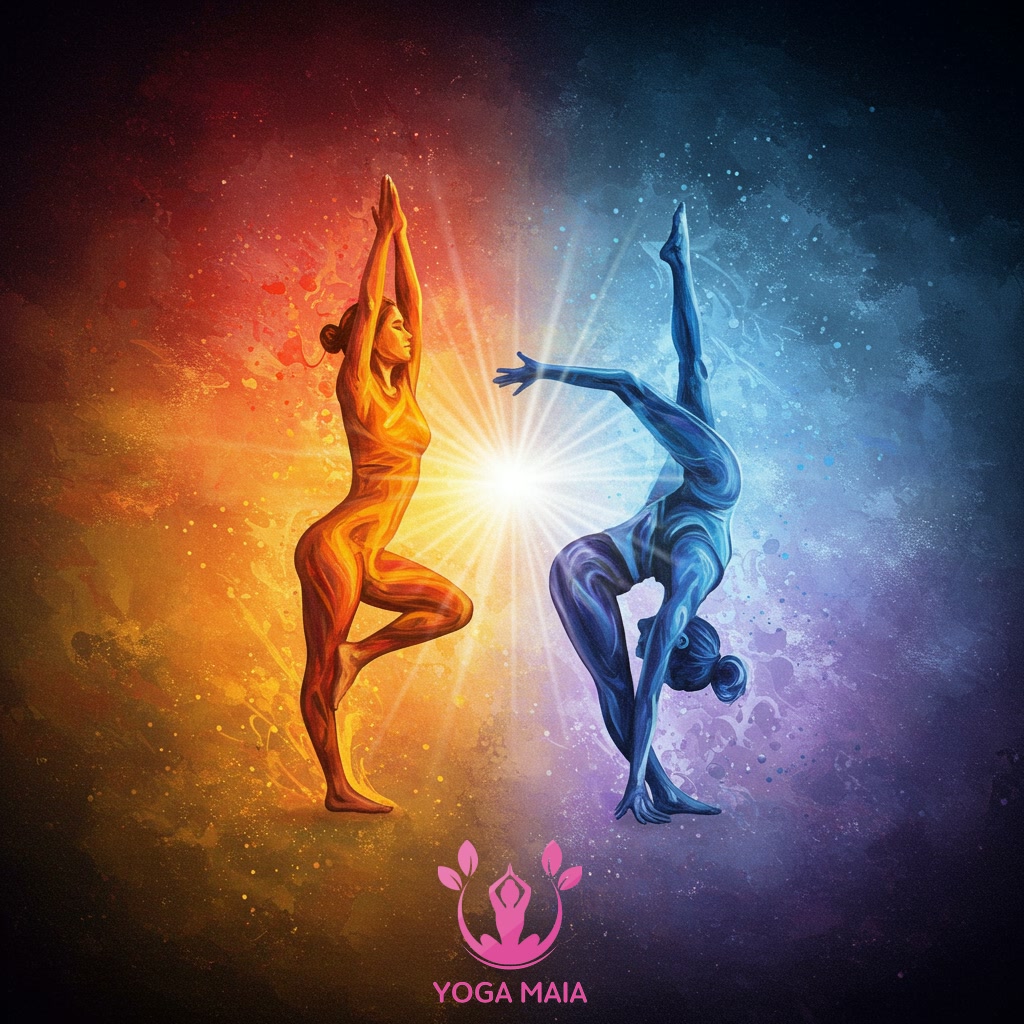 The Interplay: How Yin and Yang Complement Each Other in Yoga
The Interplay: How Yin and Yang Complement Each Other in Yoga
Section 6: Finding Equilibrium: Integrating Yin and Yang for Holistic Growth
Building on the dynamic energy of Yang, the true essence of finding equilibrium in yoga lies in the conscious interplay between Yin and Yang principles. These aren’t opposing forces to be chosen between, but complementary energies that, when integrated, foster profound holistic growth. Integrating Yin’s stillness, introspection, and focus on deep connective tissues with Yang’s movement, strength, and external engagement cultivates a practice that nourishes the entire being. This balanced approach goes beyond physical fitness, encouraging emotional resilience through mindful awareness and mental clarity through focused presence. By embracing both the active and the receptive, practitioners develop a more complete understanding of themselves and their relationship with the world, leading to genuine harmony and well-being across mind, body, and spirit.
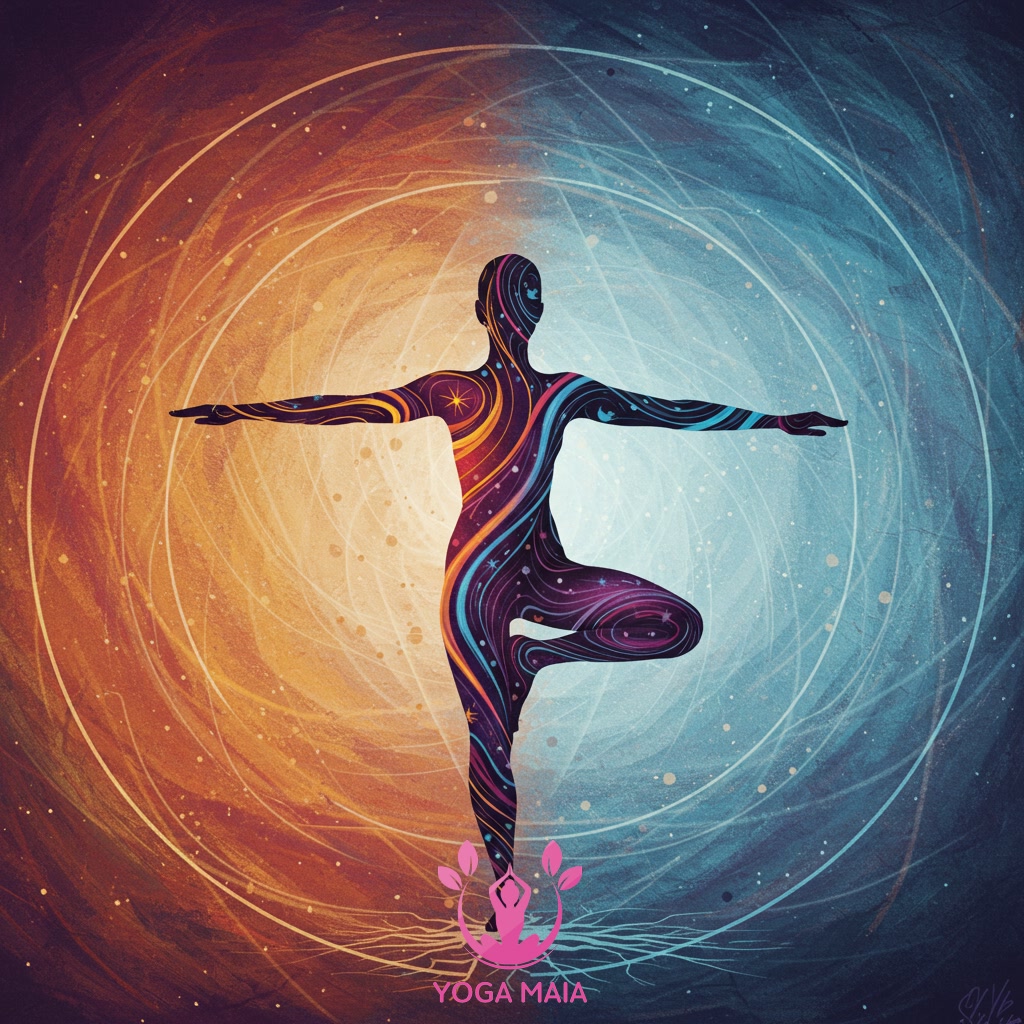 Finding Equilibrium: Integrating Yin and Yang for Holistic Growth
Finding Equilibrium: Integrating Yin and Yang for Holistic Growth
Section 7: Conclusion: The Journey Towards Harmony and Wholeness
The journey towards harmony and wholeness in yoga is fundamentally about embracing the dynamic balance between Yin and Yang principles. As we’ve explored, neither energy is superior; true equilibrium arises from their conscious integration in both practice and daily life. This ongoing process of finding the midpoint, of allowing stillness to inform movement and effort to be tempered by surrender, cultivates a profound sense of inner peace and resilience. Ultimately, recognizing and harmonizing these complementary forces within ourselves through yoga practice leads to a state of holistic well-being, embodying the true essence of wholeness.
 Conclusion: The Journey Towards Harmony and Wholeness
Conclusion: The Journey Towards Harmony and Wholeness












